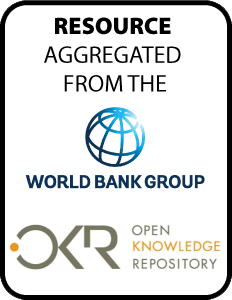Resource information
Across the world, the housing sector
plays a key role in local and national economies, and
expanding access to housing can encourage more equitably
shared economic growth. This report surveys current policy
interventions designed to encourage affordable housing in
East Asia and the Pacific (EAP). The purpose of this report
is to provide a general overview of the recent trends in
urbanization and development in EAP and to consider
different forms of government, market, and nonprofit actions
that support housing affordability. It will also highlight
key constraints and barriers that restrict the provision of
low-cost housing in urban areas. Housing is important
because it represents a significant household expenditure.
The report assesses the strengths and limitations of
affordable housing strategies used by different countries
throughout EAP. This report offers broad conclusions that
account for the broad social, political, and institutional
variation among EAP countries; as such, these conclusions
may well be applicable to more than one country context. The
report also provides specific recommendations for
improvement where existing interventions are new or have
proven less successful. The report is divided into following
chapters: chapter one gives introduction. Chapter two
examines trends in urbanization rates, economic development,
and inequality in order to introduce the need for
high-quality, low-cost housing options. Chapter three
examines EAP regional trends in urban housing affordability
for owners and renters from select cities. Chapter four
outlines future directions for affordable housing provision
based on a comparative consideration of international best
practices. Finally, chapter five surveys different
affordable housing policies currently in place in EAP and
summarizes their strengths and weaknesses.


